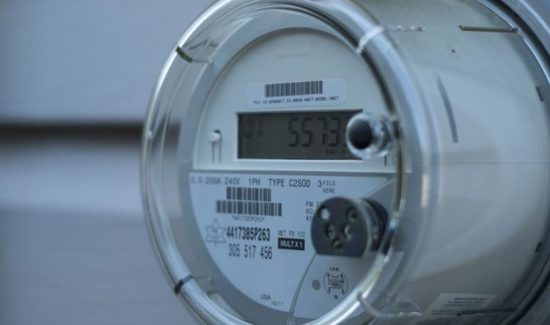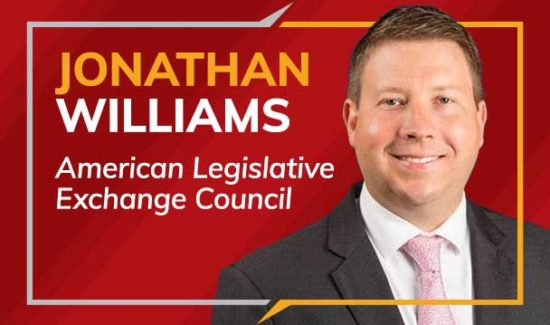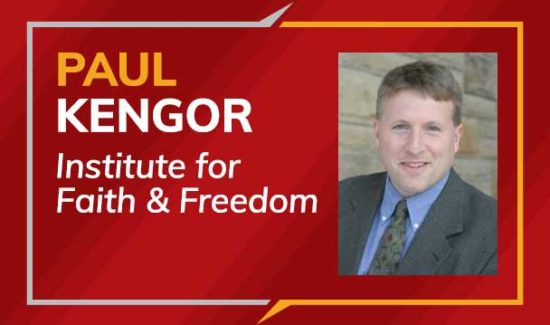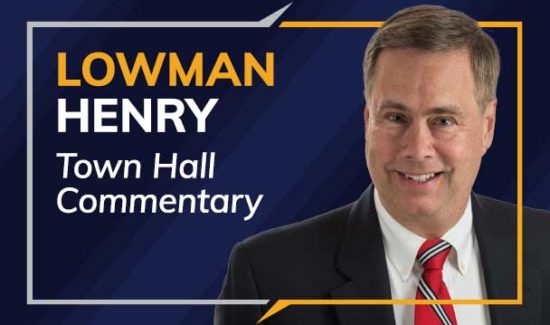Gov. Shapiro included several proposals where we can find common ground. Workforce development, infrastructure advancements, safe communities, and mental/behavioral health supports are all building blocks that could serve as a foundation for a future budget agreement that strengthens Pennsylvania.
Without a course correction, Pennsylvania will be going down a troubling path of economic uncertainty. The Shapiro administration’s own projections show the state’s $5 billion Rainy Day Fund would be almost completely depleted by the end of his first term.
Draining the Rainy Day Fund means higher interest rates on state borrowing, more difficulties during economic downturns, and strong likelihood for higher taxes in the future.
Although lawmakers have worked hard to build up the Rainy Day Fund over the past several years, we are still approximately $500 million short of the national average in terms of budgetary reserves. We should be looking for ways to build up this fund, not empty it.
In addition, Shapiro’s budget spends hundreds of millions of dollars attempting to backfill revenue eliminated by the federal government at the end of the public health emergency.
Programs like SNAP enhancements and universal school breakfasts were funded entirely by Washington during the pandemic. If the Biden administration believes that these initiatives should be funded going forward, then it has the responsibility to provide the money to do so. But the elimination of this funding is a clear signal that the administration feels they are no longer necessary.
Unlike the federal government, Pennsylvania is required by law to have a balanced budget. We do not have the option of simply printing more money whenever it’s convenient. Pennsylvania lawmakers have numerous responsibilities to manage without also paying more money based on decisions made in Washington, D.C.
As we examine ideas to address spending concerns, we must remain cognizant that we have more work to do to ensure Pennsylvania has a top-quality education system.
The Commonwealth Court recently ruled that the state’s approach to school funding is unconstitutional. Shapiro’s budget proposes more than $560 million in new money for education, which would be one of the largest education funding boosts in our state’s history.
The biggest problem with this funding is that it is not tied to any actual reform. If the system is broken – as the court believes it is – then it would be premature to dump more money into that same system until we see the final ruling.
Strengthening our education environment for students means taking a closer look at the issues, providing new options to meet the individualized needs of children, and empowering parents to play a leading role in their kids’ education.
On the campaign trail, Gov. Shapiro voiced his support for the Lifeline Scholarship Program, an innovative tool to help students in low-income schools get a quality education. It is disappointing that the governor did not include this idea in his budget.
Finally, the governor’s 70-minute address was noteworthy for another issue that he declined to mention: Pennsylvania’s participation in the Regional Greenhouse Gas Initiative.
Shapiro made no mention of the RGGI in his speech, but he did include a hefty $670 million in carbon taxes on consumers and job-creators in his revenue projections. Make no mistake, if Gov. Shapiro follows his predecessor Gov. Tom Wolf’s lead and keeps Pennsylvania in the RGGI, he cannot credibly claim that he held the line on taxes.
The RGGI is a massive energy-tax hike on consumers at a time when many families are struggling with historically high utility bills. Gov. Shapiro has the power to remove Pennsylvania from this carbon tax scheme with the stroke of a pen. My Senate Republican colleagues and I remain hopeful that he will stay true to his campaign promise to reevaluate the damage this policy could create and engage with us to find a better path forward.
Pennsylvania families deserve a state budget that meets the needs of our communities without burdening them with new spending and higher taxes. These are the goals we will try to meet as we continue the budget process in the weeks and months ahead.






